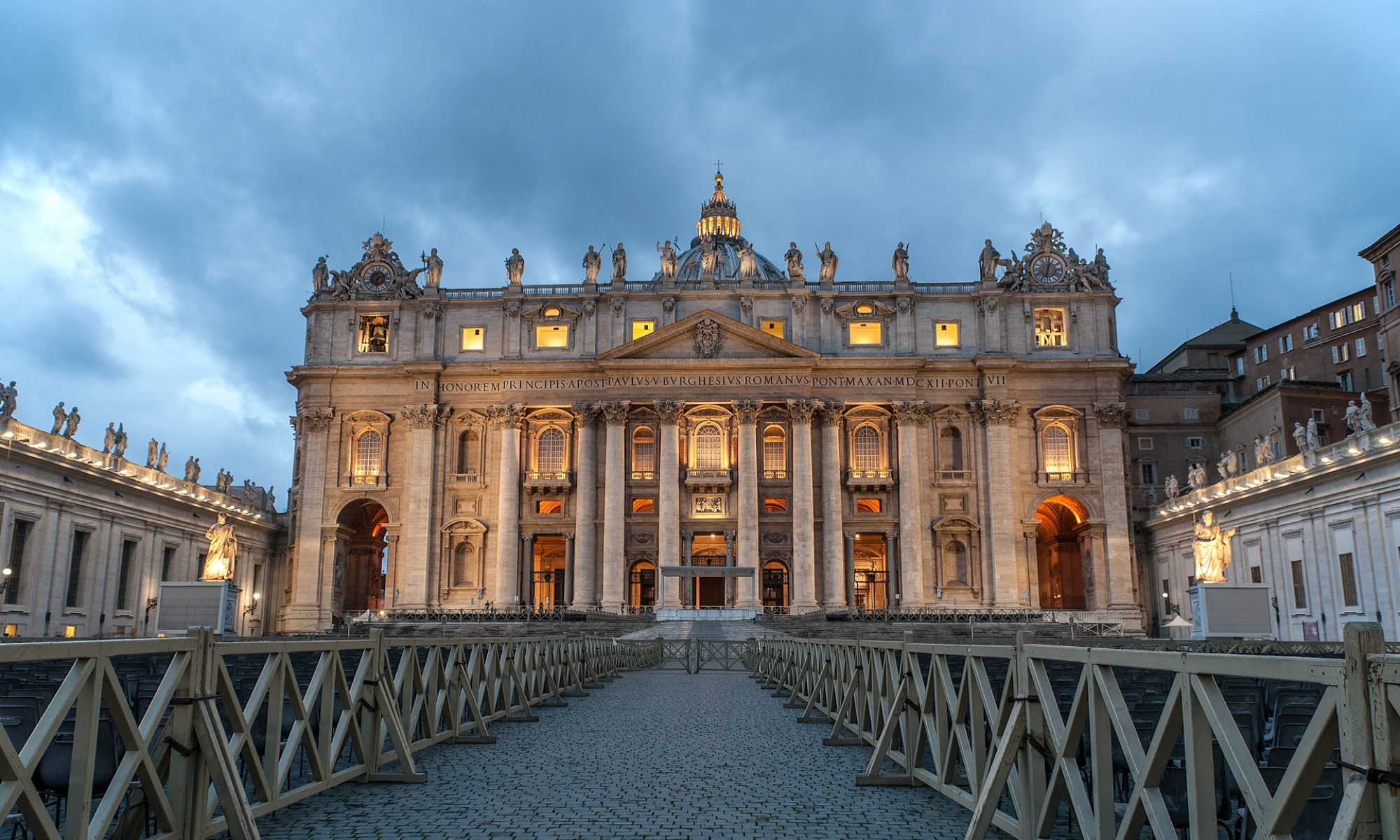The next few years will be quite significant for Rio de Janeiro. The Rio+20 UN Summit on Sustainable Development in June 2012, the (Soccer) World Cup in 2014 and then the Olympic Games in 2016 will push the city to the world’s center stage. Considering that Brazil is emerging as one of the most dynamic BRICS (Brazil, Russia, India, China and South Africa) economies, these events will probably be another boost for the entire country, at least from a media point of view.
There is yet another event that will draw attention to Rio, this time for a religious reason. The next World Youth Day (WYD) organized by the Roman Catholic Church will be held in July 2013 and preparations are well under way and will involve over two million young people from all over the world.
1. From Madrid 2011 to Rio de Janeiro 2013
The WYD began in 1986 in Buenos Aires as a Catholic response to the emerging youth culture. Up to that point, rock concerts and political rallies were the main events that were capable of attracting thousands of young people. John Paul II encouraged the RC Church to become a catalyst for the youth, trying to offer a program that would suit both the Catholic tradition and the expectations of the younger generation. The general goal of the WYD has been to show the “young” face of the Church and its welcoming attitude towards the youth. This is done by a mix of traditional practices that lie at the heart of Roman Catholicism (e.g. Masses, auricular confessions, catechesis, processions, prayer vigils to Mary and the saints) and cultural events that show the adaptability of the Church to youth culture (e.g. pop concerts, arts exhibitions). In his 2011 Christmas Eve speech to the Roman Curia, Pope Benedict XVI said that WYDs are expressions of the universal Church, centered on the Eucharist, encouraging the Sacrament of Reconciliation (i.e. confession) and characterized by youthful joy.
The last WYD was held in Madrid in 2011 and the next one will be held in Rio de Janeiro in 2013. Last week a conference took place in Rome where the Spanish delegation passed the baton to the Brazilian delegation in the presence of the Archbishops of Madrid and Rio de Janeiro. It provided an opportunity to both assess the last edition and to launch the next one. It is the latter that offers some interesting aspects to consider.
2. The Bigger Picture
The WYD returns to Latin America after its first edition in 1986. After the recent visit of Pope Ratzinger to Mexico and Cuba, it will be the next occasion for the Pope to visit Latin America. The continent is increasingly on the RC global radar in this current chapter of history. In presenting the Rio edition, Archbishop Orani João Tempesta said that 44% of Catholics in the world are Latinos and therefore the Church has a particular concern for what happens there. Moreover, the RC Church is showing declining numbers due to the spread of “new sects” (his expression) and the mounting of secularizing tendencies. Latin America still demonstrates a huge “spiritual capital” and a deep “religious soul”, but is wasting the former and withering the latter.
The WYD is therefore a way to reverse the tide by re-launching the Catholic claims on the Latin American continent and targeting the youth. These new worrying developments – said the Archbishop – cannot erase the Catholic “roots” of Brazil and the long-term goal is to help the youth rediscover their “roots” in the Catholic tradition. Ironically it seems that the way forward is to go backwards.
3. Countering a “Low Cost” Faith
From the presentation of the Archbishop, outside of the RC Church in Brazil there are only “sects” and secular trends. In the spiritual geography of the country, it seems that there is no place for non-Catholic, yet Orthodox Christians such as Evangelicals who are certainly not a tiny minority in Brazil. The Christian world is more complex than a black and white picture and the derogatory use of the word “sect” applied to anything not Roman Catholic is a matter of standing concern.
Asked to speak more about the threat of these “sects” in a press conference at the Vatican, Tempesta qualified them as “Pentecostal” and “Neo-Pentecostal” groups and mentioned their “proselytism” as a negative feature. Apart from the lack of adequate categories to describe a complex phenomenon like the religious landscape in Brazil, there was also a confirmation of how popular Evangelicalism is seen in Catholic eyes. In an intriguing expression, the Archbishop spoke about their “low cost” faith. “Low cost” perhaps means a shallow, superficial, liquid, believing-without-belonging religion. In other words: a rootless faith to be confronted by a call to Roman Catholic “roots”. If Bonhoeffer spoke of the danger of a “cheap grace”, we are now told of the danger a “low cost” faith.
In spite of what the Catholic hierarchy says and does not say about Evangelicalism, the image the movement portrays should stir some attention. “Grace alone” and “faith alone” are too often viewed as smuggling a “cheap grace” and a “low cost” faith. Do we have a problem somewhere?
Leonardo De Chirico
leonardo.dechirico@ifeditalia.org
Rome, 7th April 2012
